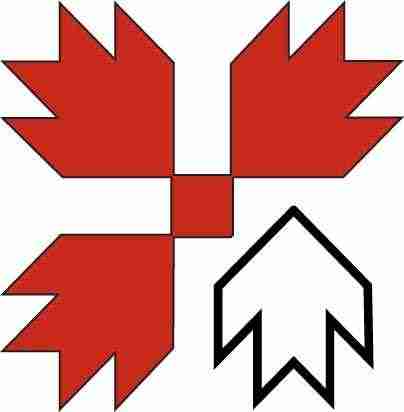
The Northern Lights' Midnight Dance: A Mother's Day Show Stopper
Wanda ThomasShare
Sleeping through the night is something I used to take for granted. Now, like many other women of my age, it's like a strategic battle to log in at least 6 hours. Now add the attraction of watching brilliant lights of neon greens, pinks, purples and radiant dark blues in some type of freaky dance moves, how in the heck can anyone pass this up? The following pictures were taken right out my front door in Red Lodge Montana with my iphone.

This phenomenon occurs when charged particles from the sun enter Earth's atmosphere and collide with gases such as oxygen and nitrogen. These collisions emit light, creating the vibrant colors that illuminate the sky—most commonly in hues of green, but sometimes also in pink, violet, red, and blue.

This past Mother's Day weekend started with the entire northern hemisphere on alert for a middle of the night show, why? Did you know these events happen in both the Arctic and Antarctic? I sure didn't, I thought they were only "Northern Lights".
The Northern Lights, also known as the aurora borealis, are a spectacular natural light display predominantly seen in high-latitude regions around the Arctic.
The Southern Lights, known as the Aurora Australis can be seen from high southern latitudes in Antarctica during the austral winter, which is from February to October. The best time to see the southern lights in Antarctica is at the South Pole, where there is no sunlight for six months (no thanks I'll stick to the Northern Lights).
How We Know When the Northern Lights Are Coming
NOAA has a forecast model you can check right here.
Predicting the appearance of the Northern Lights involves monitoring solar activity, particularly the eruptions on the sun's surface known as solar flares and coronal mass ejections (CMEs). These events release a massive amount of charged particles into space. When these particles reach Earth, they interact with the Earth's magnetic field, funneling down into the polar regions and causing the auroral displays.
Here’s a closer look at how we can anticipate their arrival:
-
Solar Wind Monitoring: Scientists use instruments on satellites to measure the solar wind and the interplanetary magnetic field (IMF). Changes in these can indicate that conditions are favorable for an aurora.
-
Geomagnetic Forecasts: Space weather forecasting agencies, like the NOAA Space Weather Prediction Center in the United States, issue geomagnetic forecasts that predict Earth's geomagnetic activity, which is closely related to auroras.
-
Aurora Forecasting Services: There are various online services and mobile apps that provide aurora forecasts based on real-time solar wind data and geomagnetic activity. These tools can predict the likelihood of the Northern Lights appearing over different geographical areas. I have an app on my phone that sends me notifications when the aurora is expected to show it's beauty.
-
Observation of Solar Cycles: The sun goes through an 11-year cycle known as the solar cycle, during which solar activity waxes and wanes. Auroras are typically more frequent and spectacular at the peak of this cycle, known as solar maximum.
By monitoring these factors, enthusiasts and scientists alike can anticipate when and where the Northern Lights might appear, allowing for breathtaking experiences of this natural marvel.
